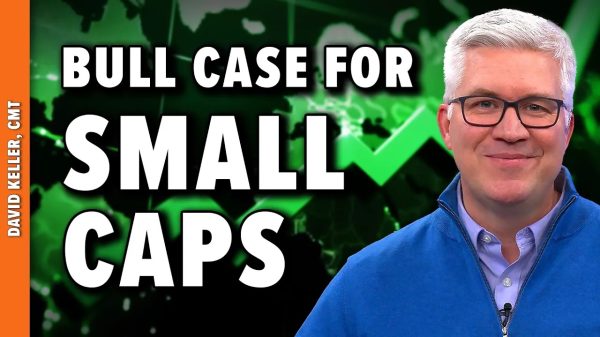Corn is grown in the United States as a staple crop for human food, as cattle feed, and as input for conversion to corn ethanol. The federal laws and rules for the corn ethanol industry were initiated in the 1970s and have continued today with ethanol subsidies. The federal corn ethanol sales pitch is for the United States to gain energy independence by lowering vehicle tailpipe emissions through the required blending of ethanol into the nation’s gasoline supply, resulting in reduced greenhouse gas (carbon dioxide) emissions.
Corn Belt growers and their federal representatives embrace and push federal corn subsidies and other interventions into law. The Corn Belt is centered in the US Midwest states of Illinois, Indiana, and Iowa.
Corn ethanol is energy intensive to produce as an energy source. Two main factors determine whether an energy source is viable in the long term. First is the total amount of energy source available. Second is the energy required to use the energy source. This is known as energy returned on energy invested. A viable fuel source like oil takes little energy to extract. You usually dig a hole, pump oil out of the ground, refine it, and transport it to users. With ethanol, you grow corn or other organic matter, which is then fermented and distilled to produce pure grain alcohol.
The amount of energy required to grow corn stays steady. The energy to produce ethanol is about equal to the energy yielded when burned. Substances used in the production of ethanol are important as part of the human food supply. People eat corn. Corn converted into fuel for cars is corn that isn’t converted into fuel for humans. Since the US government has been subsidizing ethanol, the price of corn for food is rising.
One of the key reasons for ethanol production growth has been the government subsidies for it. $45 billion in tax credits gave $0.45 to ethanol producers for every gallon produced between 1980 and 2011. This was a strange subsidy considering ethanol’s inefficiency as a fuel as well as given the fact that, unlike other renewables, burning ethanol continues to pump carbon dioxide into the atmosphere.
Aaron Smith of the American Enterprise Institute penned an article in January 2012 on federal ethanol subsidies. Federal legislation that authorized ethanol tax credits had expired in 2012, but ethanol subsidies continued. Why did the powerful corn ethanol lobby let the tax credits expire? Part of the article states:
The answer lies in federal legislation known as the Renewable Fuel Standard (RFS), which creates government-guaranteed demand that keeps corn prices high and generates massive farm profits. Removing the tax credit but keeping the RFS is like scraping a little frosting from the ethanol-boondoggle cake.
The RFS mandated at least 37 percent of the 2011–12 corn crop be converted to ethanol and blended with gasoline for cars. Government-guaranteed demand from the RFS mandate has continued the ethanol subsidies each year. This has caused corn demand to outstrip supply and created a vulnerable market in which even the slightest production disturbance has had consequences for the world’s poor.
A separate federal tax credit exists for ethanol made from nonfoodstuffs like grass, wood chips, and corn leaves and stalks. The production tax credit is up to $1.01 per gallon. This may not directly affect food costs, but it doesn’t make ethanol more efficient or abundant.
Market prices determine the form in which corn enters the food system. The RFS mandate requires a massive quantity of corn be converted to ethanol each year regardless of price or available supply.
Figure 1: 1959–2023
Source: “Corn Prices – 59 Year Historical Chart,” Macrotrends, accessed December 6, 2023.
This historical bushel of corn price chart shows its price moving up and down between 1980 and 2010, tied to federal corn subsidies. The price jump after 2010 to today can be attributed to the RFS corn ethanol mandate driving up corn demand greater than available supply.
Federal ethanol mandates introduced in 2005 caused ethanol production facilities to sprout across the country. Firms entered the ethanol industry secure in the knowledge that the government guaranteed demand for their product. By the end of 2005, 4.3 billion gallons of ethanol-producing capacity existed, and 1.8 billion gallons of capacity was under construction. One year later, capacity under construction tripled and represented more production than existed at the time.
The ethanol construction boom gave the corn market fair warning of an impending increase in demand and enabled it to absorb the initial increase. Corn inventories accumulated, and a record number of corn acres were planted in 2007. However, corn production was unable to keep up with demand. According to 2011 United States Department of Agriculture estimates, carryover corn stocks into the 2012 crop year was only 6.7 percent of annual use, a level seen only once since 1950. This would be a low corn supply to carry forward to the next year. Ethanol policy is affecting food prices.
Ethanol producers receive favorable treatment under the federal tax code, tariff protection from foreign competition, and a government mandate for use into gasoline. As a result, taxpayers have spent billions of dollars over the last fifty years subsidizing the mature biofuel. Decades of federal subsidies have failed to reduce alleged global climate risks and serve as a bridge to next-generation, non-food-based biofuels, resulting in several unintended consequences, wasting federal taxpayer dollars, and distorting markets.
Federal economic intervention continues leading to some “corny” results for farmers, the cattle industry, the food supply, ethanol production, and gasoline tanks. The kernel of truth is to plow under all federal corn ethanol subsidies, tax credits, laws, and rules so farmers can make independent crop choices and help the world’s food supply.























